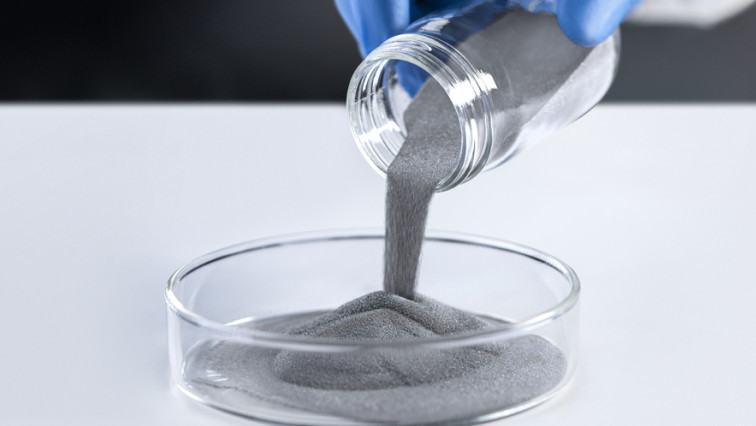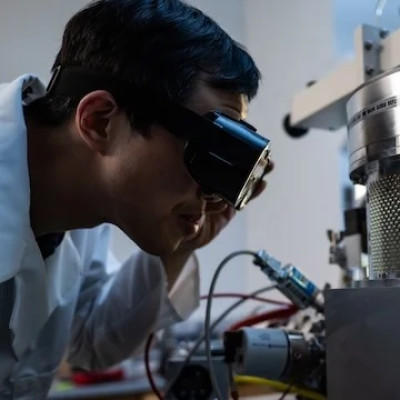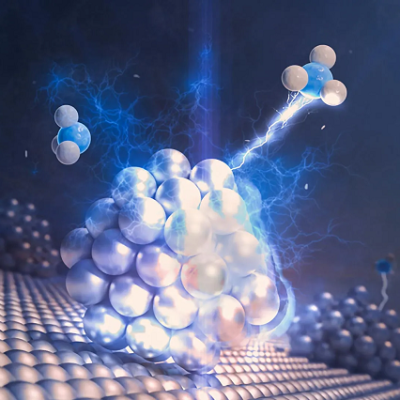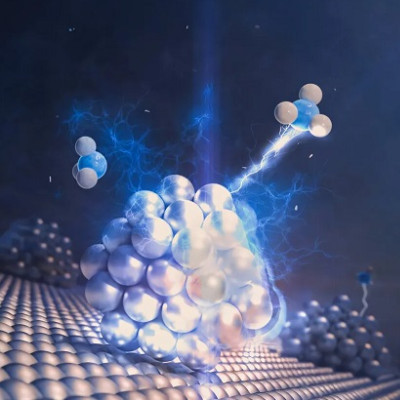This is an Ideation Challenge with a guaranteed award for at least one submitted solution.
Nanoporous particles exhibit a tremendous amount of surface area for a small amount of material and are quite useful for surface-dependent processes such as heterogeneous catalysis. Johnson Matthey, the Seeker for this Challenge, produces nanoporous nickel (Ni) sponge particles through a cast and crush method utilizing a nickel-aluminum compound and subsequent removal of the aluminum (Al) through leaching. The particles are formed by milling larger blocks of material which produces particles that are jagged in shape and on the order of tens of microns in size but can be produced in a wide variety of sizes through the milling process. Typical pore diameter is 5.0-6.5 nanometer and surface area is 70-85 m2/gram.
Johnson Matthey also can dope the material with elements such as palladium, chromium, and molybdenum as well as potentially with other metals and non-metals. This material is primarily used as a hydrogenation catalyst but could potentially be used in many different ways. Johnson Matthey is seeking new and innovative uses for this material. They would like information on potential market size for new uses and technical details of utilizing the material in new applications.
This is an Ideation Challenge, which has the following unique features:
There is a guaranteed award. The award(s) will be paid to the best submission(s) as solely determined by the Seeker. The total payout will be $15,000, with at least one award being no smaller than $5,000 and no award being smaller than $2,500.
The Solvers are not required to transfer exclusive intellectual property rights to the Seeker. Rather, by submitting a proposal, the Solver grants to the Seeker a royalty-free, perpetual, and non-exclusive license to use any information included in this proposal, including for promotional purposes.
Submissions to this Challenge must be received by 11:59 PM (US Eastern Time) on 28-Nov-2022.
Late submissions will not be considered.
After the Challenge deadline, the Seeker will complete the review process and make a decision with regards to the Winning Solution(s). All Solvers that submit a proposal will be notified on the status of their submissions; however, no detailed evaluation of individual submissions will be provided.
Read the original article on Wazoku.







